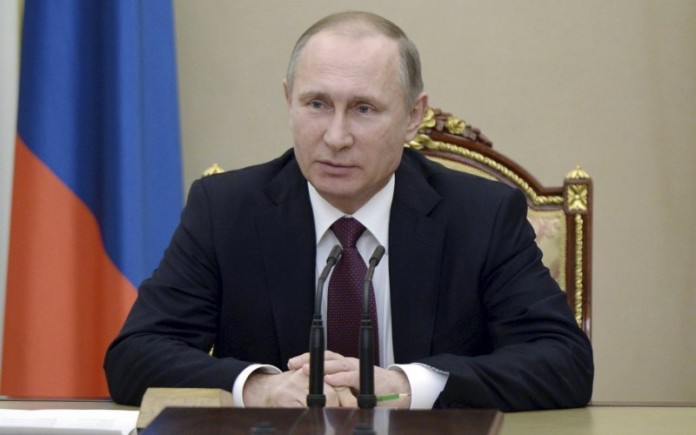
An international team of researchers has traced an unusual 2017 radioactive release that blanketed a large part of Europe to Russia.
The cloud was not harmful outside of Russia, according to the paper published in scientific journal PNAS, but researchers said there may have been a more serious fallout in the direct proximity of the release site.
Russian authorities have repeatedly denied responsibility for the release of the ruthenium-106 isotopes, and the delay in identifying the suspected origin site has robbed scientists of crucial evidence it would need to help prevent another massive leak, the researchers said.
The nuclear release most likely originated in the Mayak reprocessing plant in the Chelyabinsk region near the border with Kazakhstan, the report stated. The plant is managed by state-owned Russian nuclear energy corporation, Rosatom.
In a statement on Tuesday, Rosatom denied the accusations, saying: “We maintain that there have been no reportable events at any Rosatom-operated plants or facilities.”
“Both the national regulator and experts from an independent international inquiry inspected the Mayak facility back in 2017 and found nothing to suggest that the ruthenium-106 isotope originated from this site, nor found any traces of an alleged accident, nor found any evidence of local staff exposure to elevated levels of radioactivity,” Rosatom added.
Instead, Russian officials previously suggested a reentered satellite may have burned and released the isotopes.
But it is now “without question” that the release occurred in Russia, said German radio-ecology researcher Georg Steinhauser, who was part of the international team that analyzed 1,300 data points for the new PNAS study.
Steinhauser and others said that Russia’s refusal to take responsibility for the nuclear release remains troublesome, even if nobody was harmed. Scientists rely on rapid evidence gathering after such an event to help formulate plans that could prevent a similar occurrence elsewhere.
“You would assume that in today’s era of Twitter and Facebook, details of such an incident would spread like wildfire,” Steinhauser said. “But they didn’t.”
Instead, Austrian researchers first raised alarms on Oct. 3, 2017, when they detected unusually high radiation levels in the central European nation – thousands of miles away from the Mayak reprocessing plant. German scientists noticed a similar uptick almost at the same time.
For weeks, the nuclear cloud hovered across parts of Europe, with radiation levels fluctuating before they eventually returned to normal levels. French and German authorities soon confirmed Russia as the likely point of release.
In 1957, the Mayak plant – which Steinhauser said is used for military and civilian purposes – contaminated tens of thousands people after a storage tank exploded. In 2004, the plant was again in the headlines after nuclear waste was dumped into a nearby river.
The 2017 incident has triggered memories of the Chernobyl nuclear accident in Ukraine – at the time part of the Soviet Union – in 1986. Soviet officials initially remained silent. When Swedish researchers first raised alarms, the Soviet Union continued to frame the warnings as Western propaganda.
(c) 2019, The Washington Post · Rick Noack
{Matzav.com}











